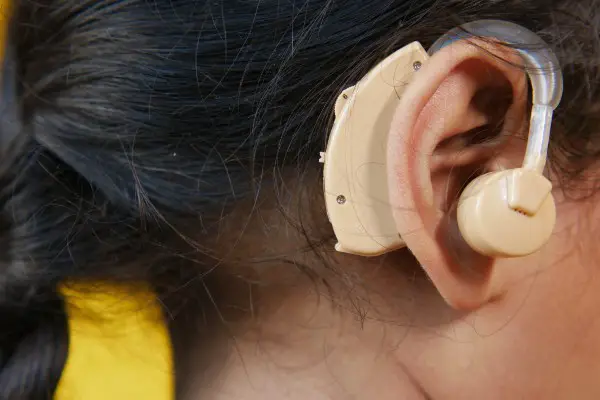Blog - Conductive Hearing Loss

Latest News
Welcome to the Hearing Quest blog, Conductive Hearing Loss (CHL) is a type of hearing impairment primarily associated with difficulties in the outer or middle ear that hinder the transmission of sound to the inner ear. Common causes include earwax blockage, ear infections, fluid accumulation, or structural abnormalities like perforated eardrums. Unlike sensorineural hearing loss, which affects the inner ear or auditory nerve, CHL often results in a decrease in sound volume rather than distortion. Treatment options for conductive hearing loss may include medical interventions, such as earwax removal or surgery, and in some cases, hearing aids to amplify sounds and improve overall audibility.
Structural issues, such as abnormalities in the ear’s anatomy or perforated eardrums, can also contribute to CHL. These impediments disrupt the efficient transfer of sound vibrations, affecting the ear’s ability to conduct sound waves to the inner ear.
Fortunately, many cases of conductive hearing loss are reversible with appropriate medical intervention. Earwax removal procedures, antibiotics for ear infections, or surgical procedures to repair structural abnormalities can often restore normal hearing function.
For individuals with persistent or irreversible CHL, hearing aids provide a valuable solution. By amplifying incoming sounds, hearing aids compensate for the diminished sound transmission, enabling individuals to experience improved audibility and enhanced communication.
While Conductive Hearing Loss primarily affects the physical pathways of hearing, it is crucial to seek professional evaluation and guidance for accurate diagnosis and tailored treatment plans. Understanding the specific causes of CHL and exploring appropriate interventions ensures that individuals can address the challenges associated with this type of hearing impairment and regain a fuller, more vibrant auditory experience.
























